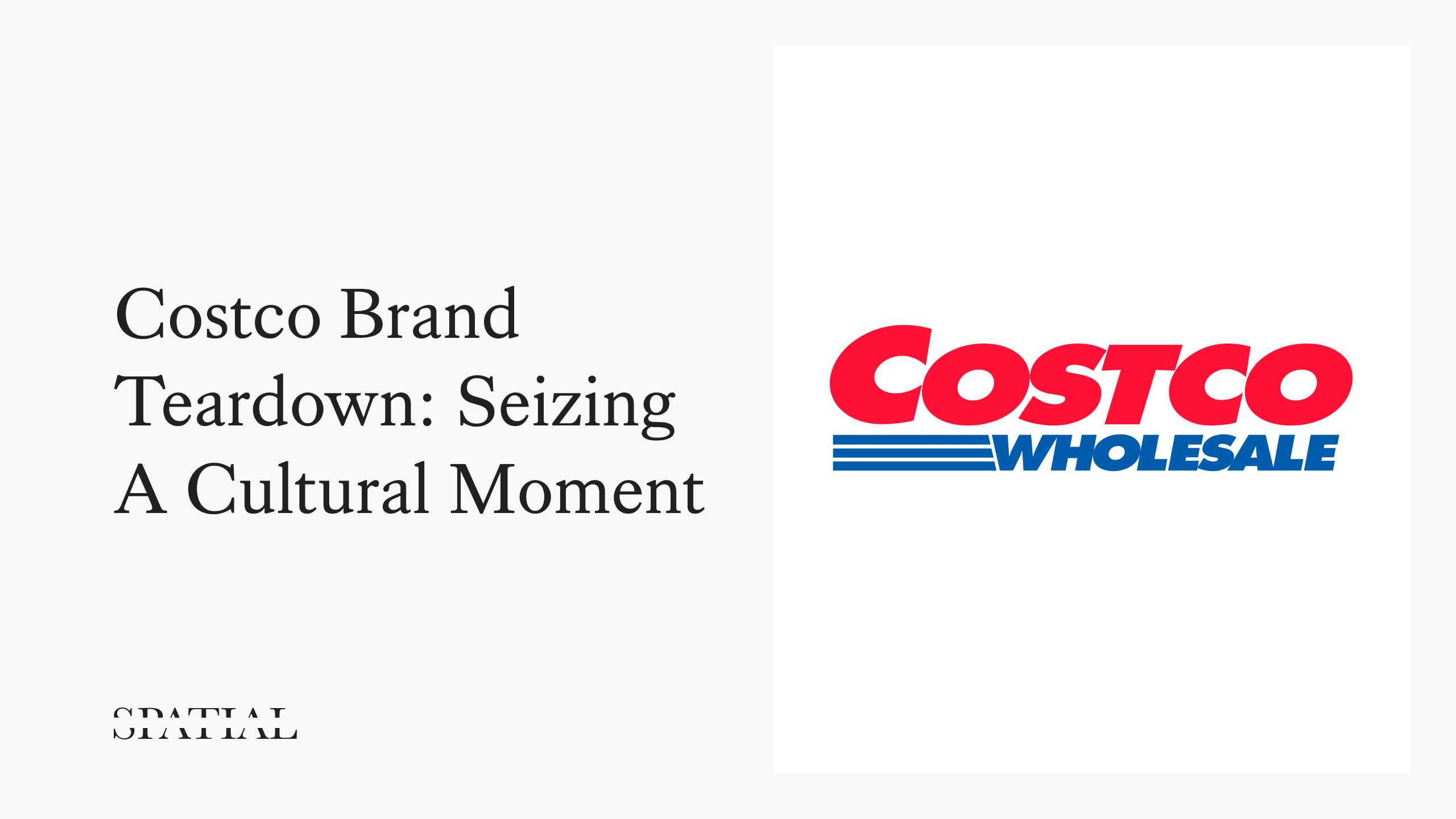What Is Customer Profiling? A 5-Step Guide
Are you typically most effective when you face a blank canvas, or when you have a clear objective and boundaries? Paradoxically, having defined parameters often sparks our best ideas and decisions. In business, one of the most effective frameworks for guiding smart decisions and creative strategies is a well-crafted customer profile.
What Is Customer Profiling?
Customer profiling is the process of categorizing customers into distinct groups based on shared, actionable characteristics. These profiles provide businesses with the data-driven insights needed to guide marketing campaigns, store expansions, customer retention strategies, and more.
But customer profiling is done wrong most of the time. Most businesses approach it as an ambiguous creative arts process, which leads to customer profiles that simply aren’t useful.
To avoid this, you must follow the four laws of customer profiling.
The Four Laws of Effective Customer Profiling
Customer profiles are most effective and actionable when they are:
- Quantifiable: Internally, every customer in your CRM should map directly to a specific segment. This makes it easy to track spending patterns and overall customer behavior. Externally, you should be able to estimate how many potential customers in the market fit within each profile.
- Targetable: Each profile should represent a group that is reachable through channels like social media, email, or direct mail.
- Mappable: You should be able to visualize your customer segments on a map, allowing for geo-targeting and optimized location strategies.
- Distinct: Each segment must have clearly defined characteristics and motivations, ensuring that marketing and communication strategies are tailored to the needs of each group.
{{schedule-demo}}
Benefits of Customer Profiling
When done correctly, customer profiling provides several key benefits, particularly in marketing and customer engagement strategies:
1. Higher Performing Campaigns
Campaigns inspired by detailed customer profiles or personas tend to perform better. By focusing on a specific segment, businesses can deliver more relevant messages that resonate with their target audience. For example, AAA achieved a 14% higher email open rate and a 50% higher click-through rate by using customer profiling to personalize their email campaigns.
2. Smarter Location Expansion
For retail businesses, customer profiling can inform location expansion strategies by identifying areas where target customers are concentrated. This data helps avoid costly mistakes in choosing new store locations. For example, Trader Joe’s selected specific locations by identifying areas where their ideal customers were likely to live, shop, and spend.
3. Improved Customer Lifetime Value (LTV)
Customer profiling allows businesses to identify which customers are most likely to purchase specific products or services, helping them focus retention efforts on high-value segments. By understanding the motivations of different customer profiles, businesses can develop strategies to increase customer lifetime value (LTV) and foster loyalty.
Case Study: How Customer Profiling Transformed SeaQuest
SeaQuest, an interactive aquarium and zoo, initially assumed their primary audience was moms. After conducting a customer profiling exercise, they discovered that a significant portion of their customers were young professional singles. Based on these insights, they launched the "Date Night" ticket package, which quickly became their top-selling offer.
This is a prime example of how customer profiling can uncover unexpected opportunities and lead to more effective marketing strategies.
Challenges In Customer Profiling
Developing customer profiles that are quantifiable, targetable, mappable, and distinct is extremely valuable. But there are a few challenges to be aware of when building your profiles:
1. Relying on Gut Instincts
Many small to mid-sized businesses create customer profiles based on intuition rather than data. While gut instinct is helpful in the evaluation phase, it is not a reliable method for generating quantifiable, targetable, or mappable profiles.
2. Lack of Data
Building customer profiles can feel like starting from a blank page, especially if you have limited access to data sources. Most retailers rely solely on point-of-sale (POS) data, which provides only a fraction of the customer picture. Knowing what data sources to use and where to get them can help you build inspiring and practical profiles.
3. Improper Sequencing
Customer profiling must follow a specific sequence, starting with quantitative data before layering in qualitative insights. There is a time for CRM data, qualitative interviews, digital research, demographic data, and surveys. But just like building IKEA furniture, it must be done in the right order.
How To Create Customer Profiles
Creating an effective customer profile involves a combination of quantitative and qualitative research. Here’s how to approach it in five steps:
1. Start with Quantitative Data
Start with quantitative data and then move towards qualitative aspects. Most people get this backwards. Begin by analyzing data from your CRM or POS system. Below are a few approaches you can take to segment your customers based on measurable attributes:
- Recency, Frequency, and Monetary (RFM) data
- First product purchased
- Demographics, such as age, income, and marital status
- Geographic location, like zip codes or regions
- Purchase cohorts (grouping customers by when they made purchases)
These quantitative insights should help you identify 4-8 targetable segments for your business.
If I had to go with an approach that delivers consistently across industries it would be demographic profiling combined with total spend. For example, the brand below uses a combination of spend, age of the customer, and implied gender based on name. This gives them a basis of 8 segments to focus on (the four bubbles below split by gender).

Depending on the nature of your brand and data available you may want to choose different variables such as urban/rural, income, or product type. Below is a step-by-step resource for completing this process. If you do this, you are already ahead of 90% of mid-sized brands.
{{customer-segmentation-toolkit}}
Note: To create a more accurate customer profile, you may find that you need additional data, such as income. In this case, consider using 'demographic enrichment' services to append missing characteristics to your list. Companies like Spatial.ai offer demographic appends as well as many other variables.
2. Layer in Qualitative Insights
Now move to qualitative research to add more depth to your customer profiles. Conduct 3-5 interviews per segment to gain deeper insights. The goal of these interviews isn’t to answer predefined questions, but rather to refine the questions you’ll use in your surveys. Focus on questions around customer motivations, triggers, and lifestyle.
If you can, prioritize interviewing customers who have recently started or stopped buying from you.
Motivation Questions
These questions help uncover what drives your customers' decisions and the alternatives they considered. Use these insights to shape your messaging and differentiate your product from competitors.
- What other solutions did you consider before choosing our product/service?
- What problem were you trying to solve?
- What other solutions have you actually used?
- What did you like or dislike about those alternatives?
- If our product/service wasn’t available, what would you use instead?
Trigger Questions
These questions aim to identify the moment that prompted your customers to take action. The answers will help you craft marketing hooks around specific pain points for each segment.
- When did you first realize you needed a solution to your problem?
- Did you discuss your options with anyone else before deciding?
- What were you looking for in a product/service?
- Did you have any concerns or anxieties about purchasing or using the product/service?
Lifestyle Questions
Understanding your customers' lifestyle helps identify synergistic brands, marketing channels, and potential influencer partnerships.
- What is your favorite social media platform?
- When was the last time you made a purchase influenced by social media?
- Where do you typically get your news?
- What are your favorite brands?
- What are your hobbies?
- Which influencers do you follow?
Pro tip: Use a “show and tell” approach during interviews. Ask participants to share their social media feeds with you. This method reveals real behaviors and preferences that might be harder to express verbally.
Bringing It All Together
After your interviews, evaluate how distinct each segment is. You may want to combine similar groups or redefine the segments based on the qualitative insights. Finally, use the results to create targeted survey questions that validate and expand on your findings.
Credit: Many of these questions are inspired by the Jobs To Be Done framework by Bob Moesta and Clayton Christensen.
3. Validate with Surveys
Now that you’ve gathered qualitative insights, it's time to craft a quantitative survey to validate and expand on those findings. These survey questions should be directly inspired by the insights you’ve gained and tailored specifically to your brand. Below are some suggested categories and example questions to get you started.
Psychographics
- Rank the following priorities from most to least important: family, social life, work, alone time.
- What hobbies or activities do you participate in most often?
- On a scale of 1 to 10, how would you rate your stress level?
Media Consumption
- How much time do you spend on social media each day, and which platforms do you use?
- How many hours of television do you watch per week?
- Do you regularly listen to any podcasts or YouTube channels? If so, which ones?
Shopping Attitudes and Behaviors
- Which online retailers do you shop from most frequently?
- What qualities do you value most in a brand?
- How much influence do celebrity endorsements have on your purchasing decisions?
Brand Perception
- How did you first hear about us?
- How does our brand make you feel?
- Which three words would you use to describe our brand?
Consumer Habits
- Where do you typically get information about new products or services?
- Whose opinions do you trust most when researching products?
- If you were looking for a new brand, where would you start your search?
4. Layer in Digital Research
By now, you should have a clear understanding of your 3-10 customer segments, including their motivations, trigger moments, and lifestyle preferences. The next step is to dive deeper into these insights using digital tools to gather real-time information and validate your findings. Here are seven free (or affordable) tools to help you refine your profiles:
- Google Trends: Explore related topics, search queries, and geographic data to see what’s trending within your target segments.
- TikTok & Instagram Creators: Check out what influencers are saying and what trends are resonating with your audience.
- Amazon Reviews: Analyze product reviews to uncover what works and what doesn’t for customers in your niche.
- Keyword Tools (e.g., Ubersuggest, SEMrush): Map out competitive trends and find the key terms your audience is searching for.
- Google Analytics: Get detailed insights into user interactions, demographics, and behavior on your site.
- SparkToro: Discover the online interests and behaviors of people aligned with your customer segments.
- PersonaLive: Integrate retail, spending, social, and demographic data directly into your CRM to get a more complete customer profile.
In 2015, I was conducting market research for a perfume company in Russia. We were looking at scent preferences among 18-21-year-old males and uncovered a recurring theme: many of them were fans of the rapper Eminem. This insight led us to a deeper digital inquiry into the relationship between youth rebellion and scent preferences, which ultimately shaped our marketing approach.
The key is to let the insights from your interviews and surveys guide your digital research. While it’s important to dig deeper into these emerging themes, remember that digital research may not always map perfectly to your customer profiles unless you’re using a full-stack segmentation tool like PersonaLive, which can generate data directly from your CRM.
5. Build & Operationalize Your Customer Profiles
Finally, take all the data you’ve collected and formalize it into actionable profiles. Ensure each profile includes both quantitative data (e.g., demographics and spending habits) and qualitative insights (e.g., motivations and lifestyle).
Here are some practical ways to operationalize your customer profiles based on the four laws we mentioned at the beginning of this article:
- Targetable: Leverage the demographic data from your CRM and insights gathered through research to refine your acquisition audiences on platforms like Meta, TikTok, and programmatic channels. For example, you can target Gen X consumers who are passionate about farm-to-table cooking and craft coffee.
- Mappable: Use demographic data to map your customer segments geographically. Tools like ESRI’s Business Analyst or free resources like the U.S. Census can help identify high-potential areas for location expansion and zip code-level targeting.
- Quantifiable: Combine census and demographic data to quantify your target audience and calculate the “size of the prize.” This allows you to estimate the total market potential by evaluating factors such as age, income, and location in the U.S.
- Distinct: Your customer segments should be unique enough to enable personalized marketing. For example, brands like AAA have used distinct segmentation to tailor their emails, resulting in a 14% higher open rate and a 50% higher conversion rate compared to generic email campaigns.
At this point, the design team can visualize the customer profiles using a template like the one below:

Here is a full-developed and stylized example from our PersonaLive platform.

Conclusion: The People Behind The Profiles
Customer profiling isn’t just another checkbox in your marketing plan—it’s the foundation of every smart business decision. Whether it’s refining your campaigns or choosing the right store locations, a well-crafted customer profile brings clarity amidst the noise. And without it, you’re simply guessing.
But there’s a deeper truth that comes with this work. After collaborating with hundreds of brand managers and performance marketers, both as a consultant and through software, I can confidently say that the most powerful outcome of customer profiling isn’t just better data—it’s the moment you truly understand your customer. You’ll realize that they’re not just numbers or segments, but real people with incredible stories. And when you understand this, everything else falls into place.
Now, go out there and make a dent.
What you should do now
Whenever you're ready, here are 3 ways Spatial.ai can help:
- See PersonaLive In Action. If you'd like to segment and target your best customers using real-time behavioral data, schedule a free 30-min demo to get started.
- Subscribe To Consumer Code. If you've found this helpful, check out our newsletter and podcast where we share more consumer research and insights for retail marketers.
- Share This Post. If you know another marketer who’d enjoy reading this post, share it with them on Linkedin, X, or Facebook.
Get retail marketing tips
We email every monday with smart growth strategy ideas. Almost no promotion. Just value.
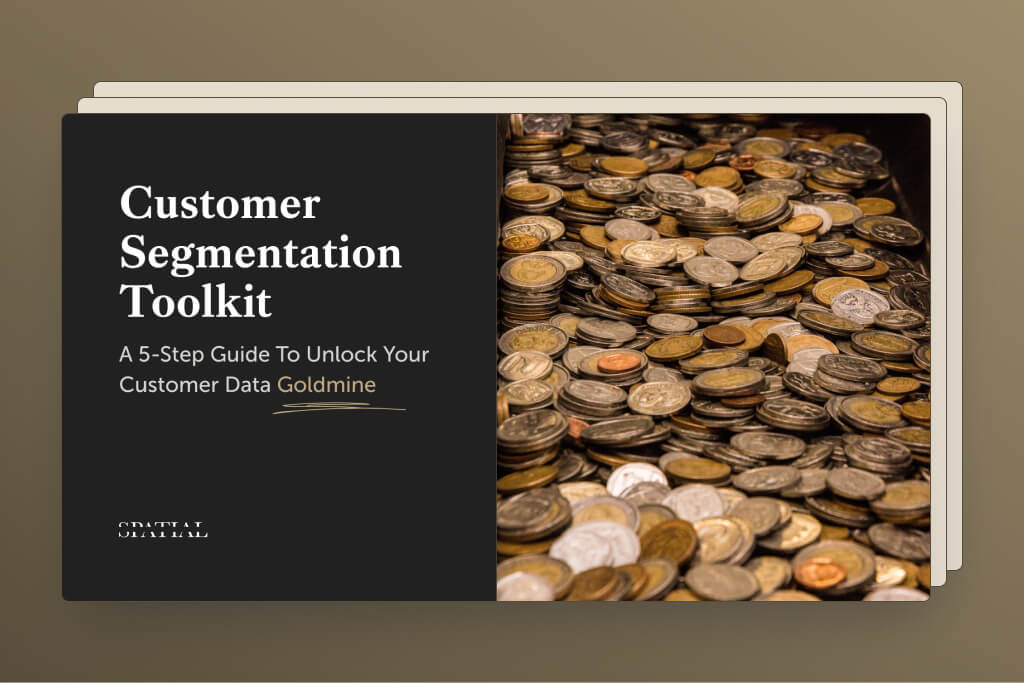
.avif)
%20(1).jpg)
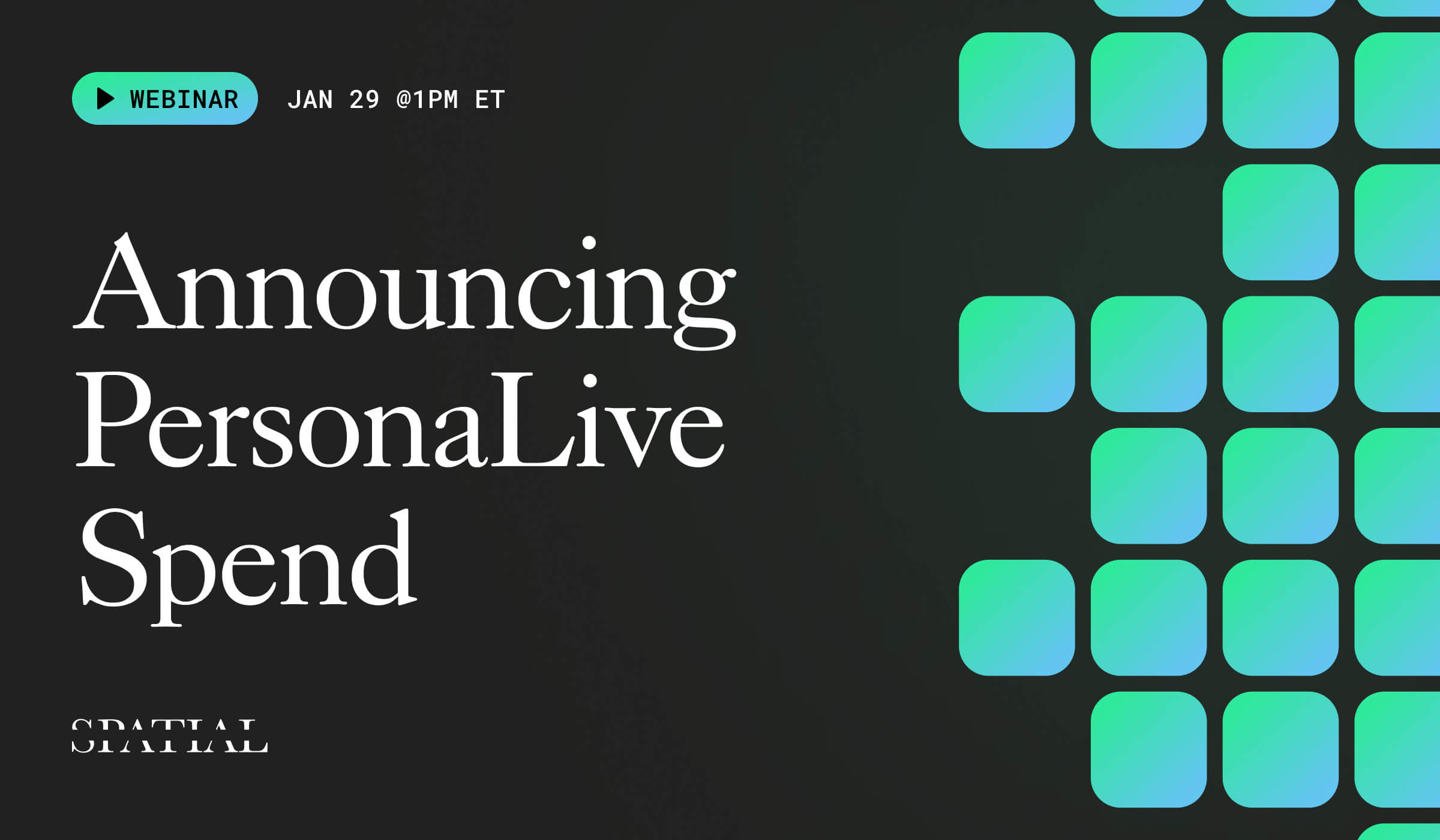
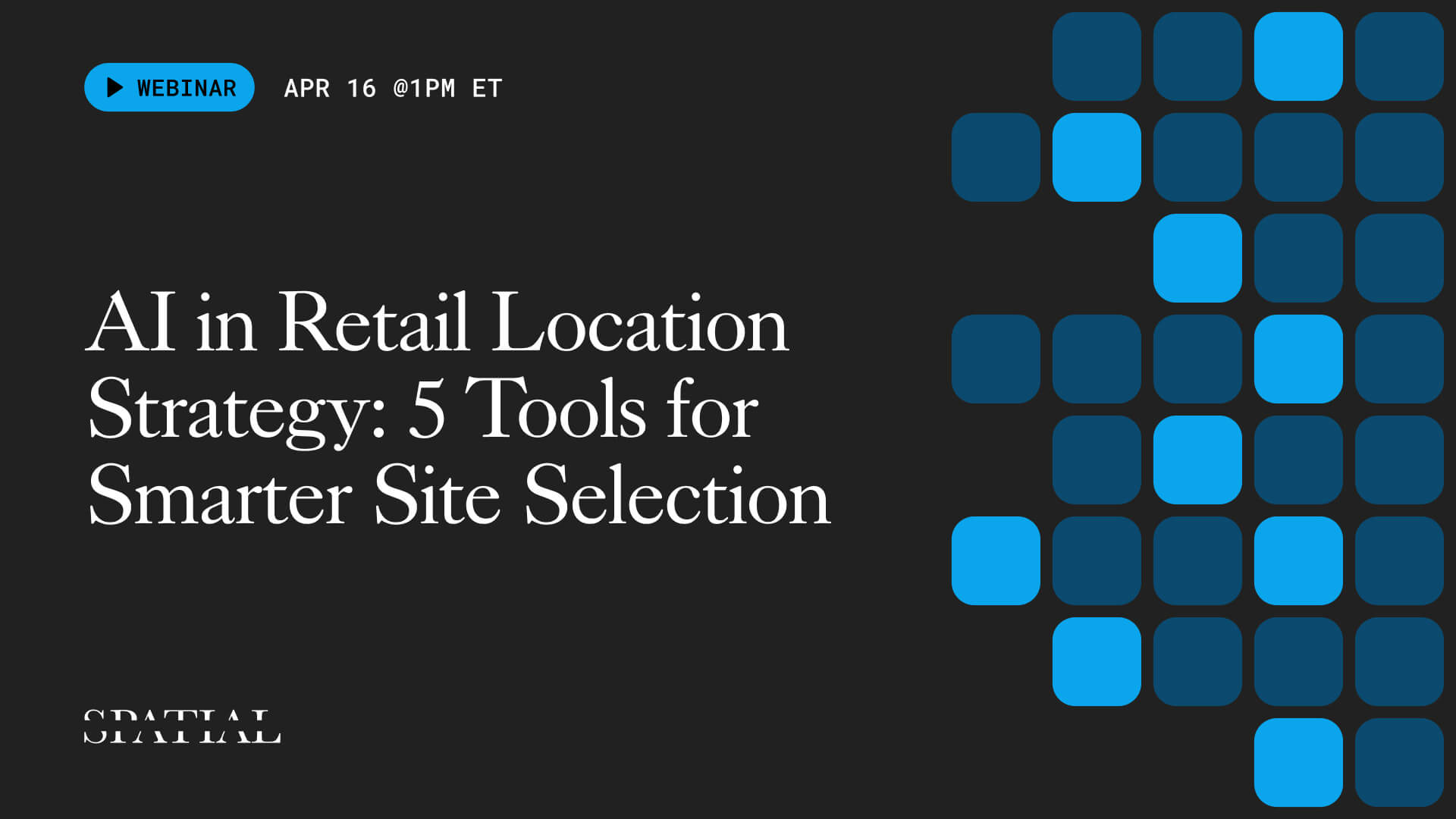
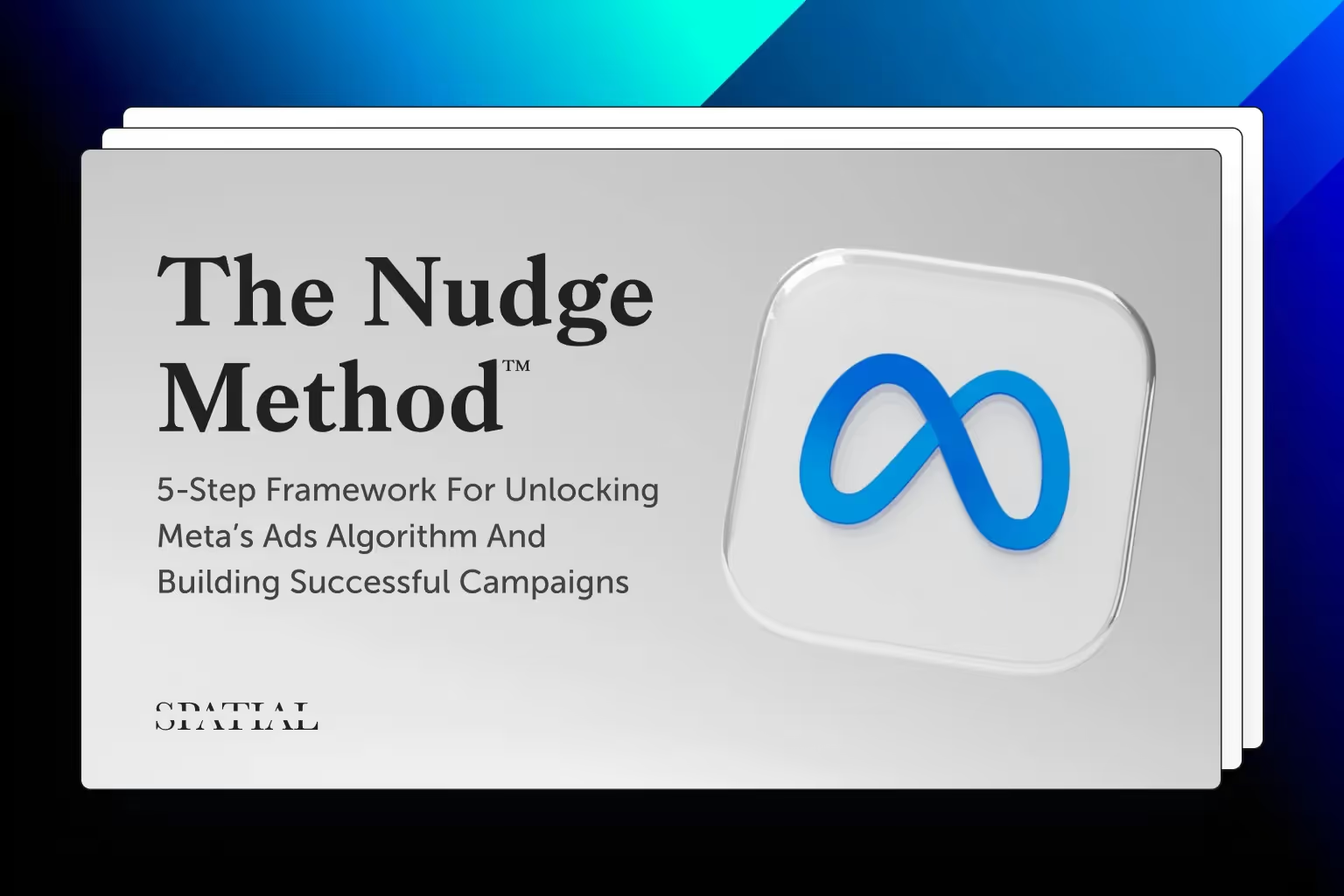
Need help creating ideal customer profiles? Schedule a free demo of the PersonaLive platform to learn how to build actionable, comprehensive profiles in minutes.


